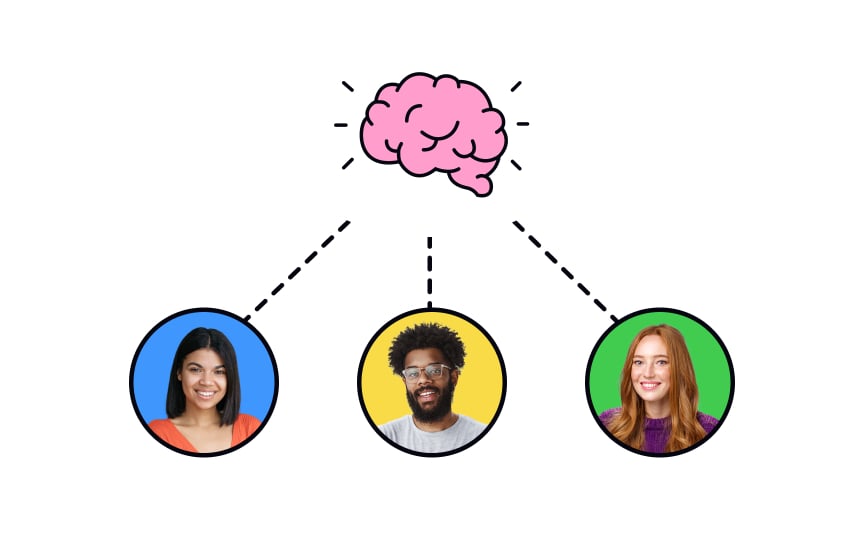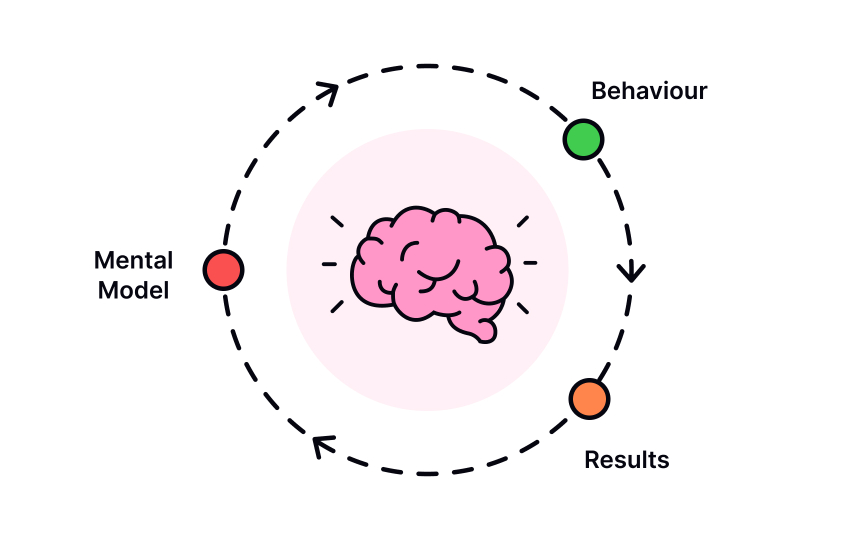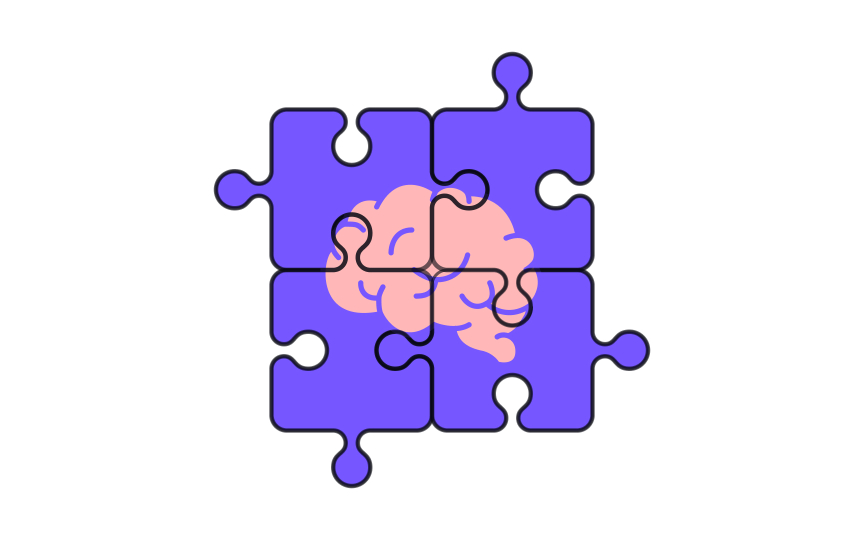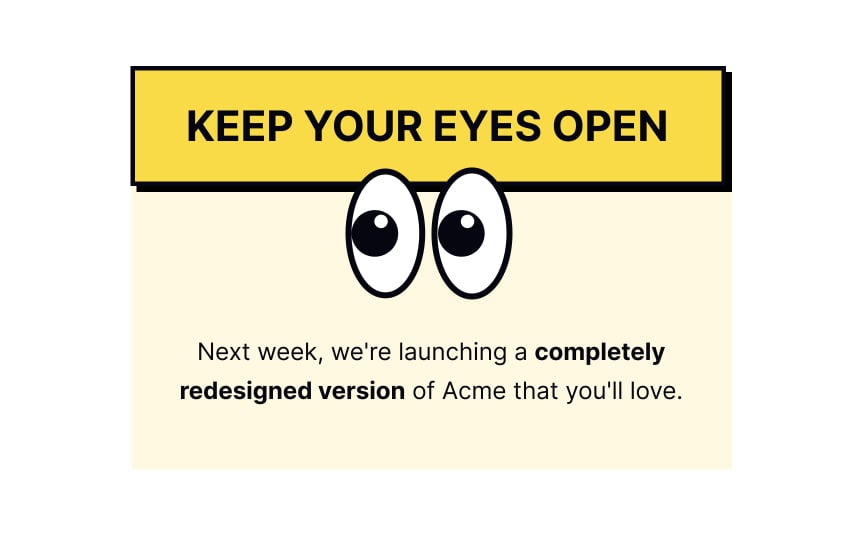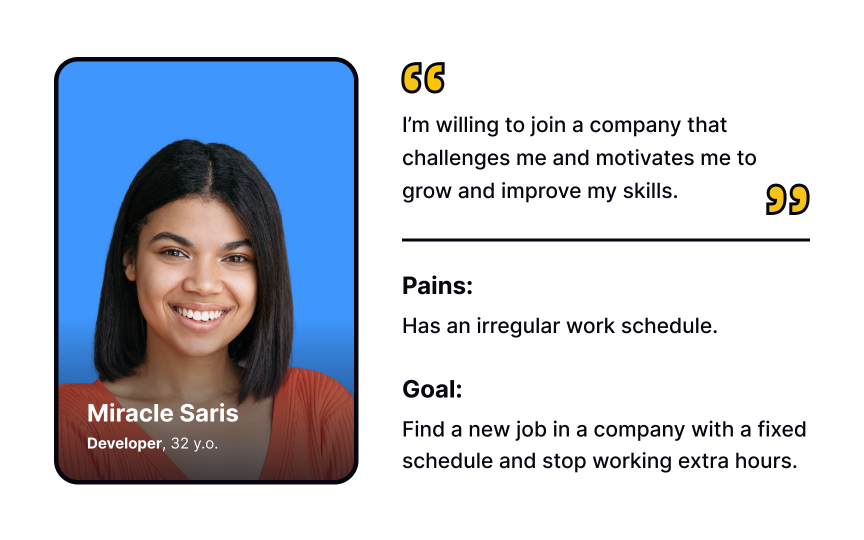Mental Models in UX Research
Learn how to get insights into the internal representations and understanding that users have about how your system or product works
Mental models are a determining factor in how user-friendly people find your product to be. The issue lies in the fact that a user’s mental model may not always align with the way your product actually works. When that happens, they’ll find your product unintuitive, confusing, and even frustrating.
As designers, understanding the mental models your users likely have about your product can be key to creating an interface that’s intuitive and delightful to use from their very first interaction. Learning how mental models work, how they’re formed, and how to influence them is vital for designers who want to create better UX and more usable products.
Mental models are all about a user’s beliefs rather than facts. They’re based on what users know (or think they know) rather than actual facts about the way a system or product works.
Mental models influence the way users interact with your product. They take action based on the way they think the system will work, often based on past experience with similar systems. Designers should aim to create
Every user has a slightly different
Because designers are so intimately involved in the creation of their products, their mental models tend to be very complete and accurate. Users, however, have less information about the product and are more likely to create deficient mental models. It’s up to designers to bridge that knowledge gap to help users create more accurate mental models.
Users build mental models based on their past experiences.[1] For example, if they arrive on your e-commerce site for the first time, they likely have an idea of how they think the site should work. Their mental models include things like how to add a product to their shopping cart, how to enter their shipping information, and how to pay for their purchase.
While each user’s
Pro Tip: Capitalize on common user mental models to create an interface that feels intuitive to users.
Because users’ mental models are based on beliefs rather than facts, they’re flexible and can change as users have new experiences. As designers, we can use this flexibility to help users create new mental models for our products.
One way to improve user mental models is to explain things within your interface so that they have a better understanding of how it works. Even something as simple as labeling your interface elements to make them more transparent can have a profound effect on a user’s
Because user mental models are based on beliefs rather than facts, they are not always accurate. For example, many users will type a website address in a search field rather than in the address bar of their browser. Their
Mixed-up mental models are a key factor in usability issues. If users think a particular UI element should function a particular way, that’s the way they will attempt to use it. Understanding the most common mixed-up mental models can help designers prevent usability issues before they happen, either by changing the system to better fit the mixed-up mental model or by including a better explanation of how the system actually works.
Mental models have inertia — things that users already know tend to stick in their mind, even when those models aren’t helpful in the current situation. This can cause problems for designers who aim to create a new way for users to interact with their product.
When you do something new, you have to overcome the inertia of users' existing mental models. Because of this, it’s best to only create something new when it’s superior to the old way of doing things. Take Netflix, for example. Users expected to have to complete an order before DVDs in their queue would be sent to them. But in reality, Netflix would automatically send the next DVD in a user’s queue when they returned their last DVD.
Users had to adjust their mental models to this new way of doing things, but considering Netflix’s success, they found it worth it to do so.[3]
One of the easiest ways to prevent
Unless you have an excellent reason for straying from the likely mental models of your users, conforming to those models makes your product more intuitive for them to use.
Pro Tip: Capitalize on existing mental models to make your product more intuitive for first-time users.
If you’re creating a new product with new
Mental models are key when creating things like documentation, user manuals, or onboarding flows. By showing users where your product differs from their existing mental models, you’ll shorten the learning curve for them and prevent frustration.
Mental models are cognitive frameworks that represent users' understanding of systems based on past experiences and knowledge. By incorporating mental models, designers gain deeper insights into user behavior and expectations. Key aspects include prior experiences with similar products, domain knowledge, cultural context, and technological literacy.
Integrating mental models in personas allows designers to create intuitive interfaces aligned with user expectations and develop targeted
Mental model-enriched personas help designers:
- Identify where users need guidance
- Determine necessary onboarding steps
- Decide when to conform to established patterns or introduce novel
interactions
References
- Mental Models in UX Design: The Ultimate Guide | CareerFoundry
- Mental Models and User Experience Design | Nielsen Norman Group
- Mental Models and User Experience Design | Nielsen Norman Group
Top contributors
Topics
From Course
Share
Similar lessons

Psychological Theories Behind Gamification

Behaviorism in Gamification


